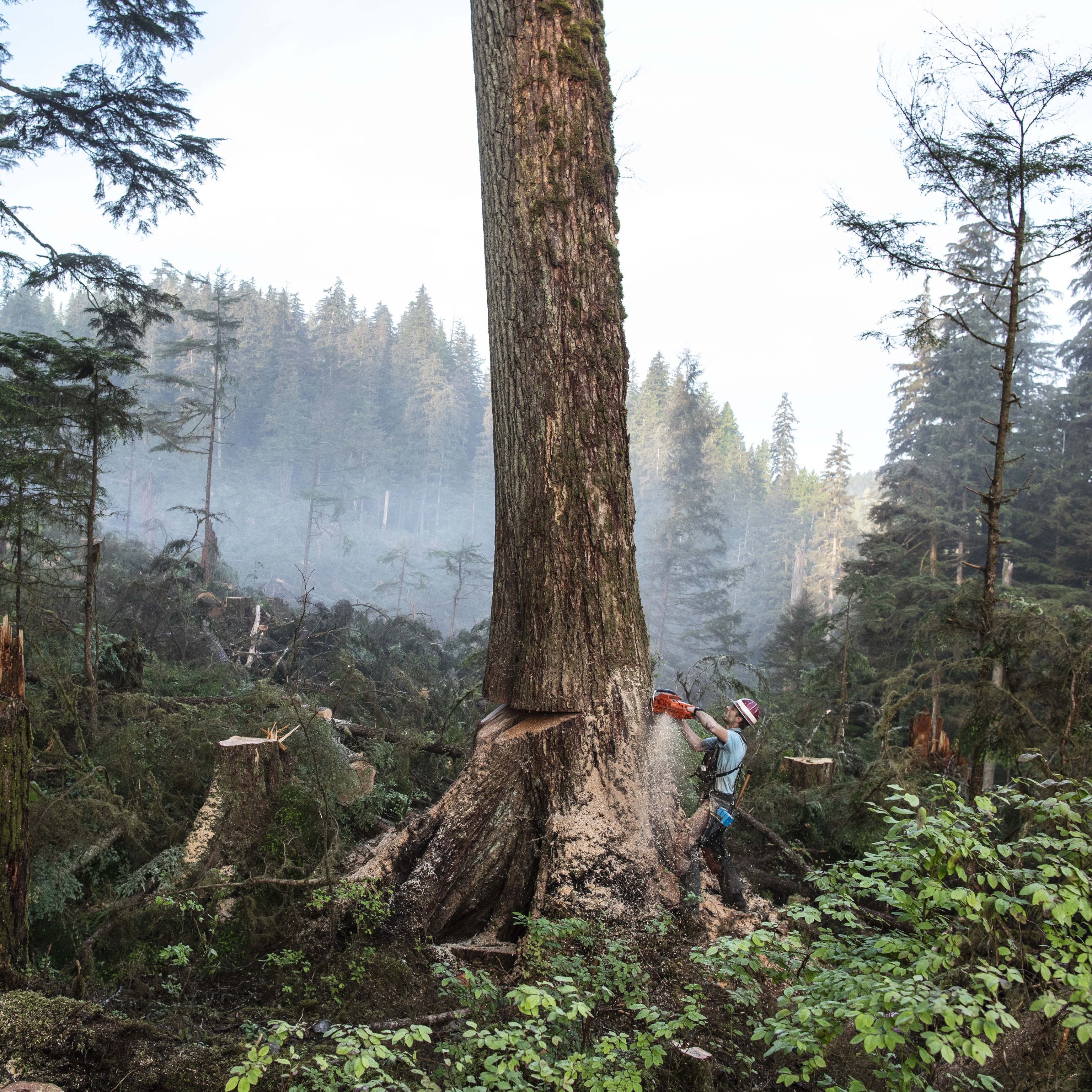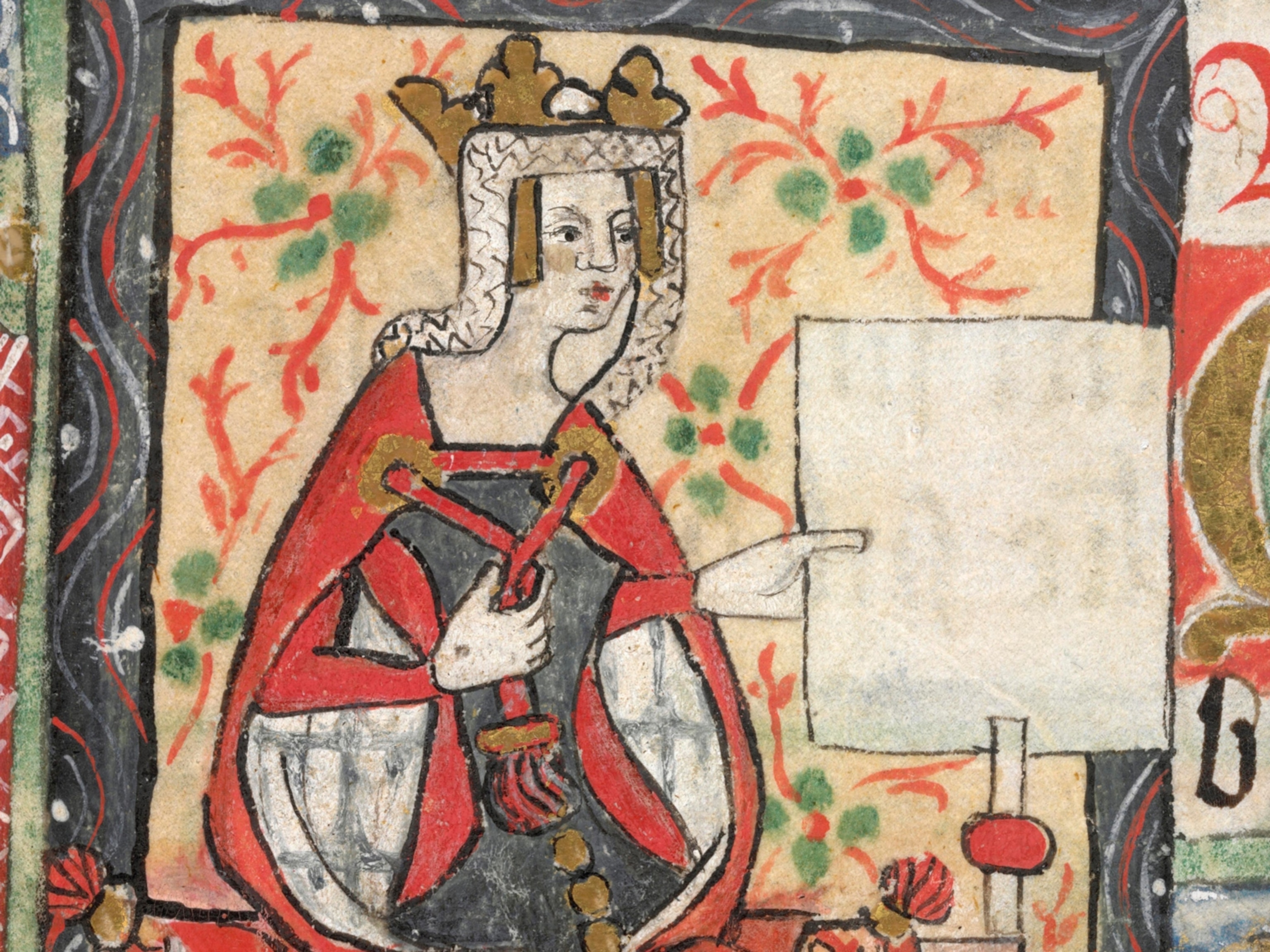Q&A: How One Entrepreneur Set Out to Save Uganda's Forests—and Help Its Women
With Eco-Fuel Africa, Sanga Moses is building local enterprise that has deep impacts.
Social entrepreneur Sanga Moses wants to save the forests of his native Uganda while improving the lives of its young girls at the same time.
A member of National Geographic's newest class of Emerging Explorers, and also a grantee of its Great Energy Challenge initiative, Moses founded Eco-Fuel Africa, a company that sells kilns and machines that turn food waste into briquettes of clean, inexpensive cooking fuel.
By eliminating hours spent gathering wood, the green charcoal allows girls to stay in school and gives women a money-making venture that can help lift their families out of poverty.
You quit a job as an accountant at a major bank in Uganda's capital, Kampala, to found Eco-Fuel Africa. Tell me how that came about.
One day in 2009, I made a journey home [to my village in western Uganda] to visit my mother and I met my kid sister carrying wood when I knew she was supposed to be in school. When she saw me she started crying. I asked her why she was crying and she said, 'I'm tired of missing school and walking ten kilometers to gather wood.'
That affected me because I am a strong believer in education. Education has changed my life. Seeing my sister on the verge of losing the only chance she had to improve her life hurt me so much. That changed everything and that is how this journey started.
What is she doing today?
That's a sad story. It took me some time to figure out what I wanted to do and, at that time, she was 12 years old. Unfortunately, they married her off. I wasn't able to save her. But there are millions of girls around the African continent that are going through this.
Tell me about the link between sub-Saharan Africa's dependence on wood fuel and deforestation. How does your work address that?
Deforestation is a huge problem. My country, Uganda, has already lost 75 percent of its forests. As a continent, Africa is losing its forest at a rate that is twice the world average.

The problem is that [the population is] increasing very fast. Sub-Saharan Africa has a very high fertility rate. To put that in perspective: Uganda now has 35 million people. The population has more than doubled in the last 20 years.
That means the demand for fuel is increasing, the trees are disappearing, and no one is replanting these trees. So if we can help people find an alternative source of fuel, that will slow down the rate of deforestation.
Your idea was to produce kilns that turn food waste into fuel.
When I got the idea to study this, I went to a university professor in my country and he took me to his engineering class and asked his students to help me. I worked with ten of his students to develop the initial technology for the kiln and briquetting machines.
How do they work?
The kilns are used to carbonize the farm waste. Things like coffee husks, sugar cane waste, rice waste. You put them in the kiln, start a fire and they get carbonized. You get a powder called char. It is sold to us [by farmers who run the kilns] and then we compress that into fuel briquettes, package them and take them to the market. Slightly over 114,000 people have used them since 2011.
Has it been difficult to convince people to stop using wood for fuel and use your briquettes instead?
It has been easy for us because our fuel is cheaper. These are communities that are struggling to afford charcoal. Already the price of charcoal is very high. People spend 40 percent of their income on just charcoal. Our selling point is mainly the cost. Our cost is very low. We don't do any marketing. It's mainly word of mouth. Whoever tries it, doesn't stop. Right now our biggest problem is the demand exceeds the supply.
What have been the economic benefits of using briquettes?
We have a network of 460 women retailers who earn about $152 a month. That is a lower middle class income and is more than what the government pays a primary school teacher.
Users can save about $200 a year by using our fuel. Then we have farmers who supply us with the char and on average earn about $30 a month.
What are the benefits for women and girls?
Girls don't have to skip school to find wood. Parents, because they have some disposable income either through savings [on fuel] or through sales as retailers or farmers, can buy books for their children, can pay school fees, [and can buy] uniforms, sanitary pads.
Where do your revenues go?
It's a social enterprise, so it's something between a nonprofit and a company. Most of our money is reinvested back in the business to keep growing.
We have some corporate social responsibility programs and one of them is replanting trees. We don't plant them directly because we want kids to grow up appreciating the importance of forests. We normally work with schools to have these kids go to depleted areas to replant trees and we tell them why it is important to replant forests.
This interview has been edited and condensed.
This story is part of a special series that explores energy issues. For more, visit The Great Energy Challenge.








